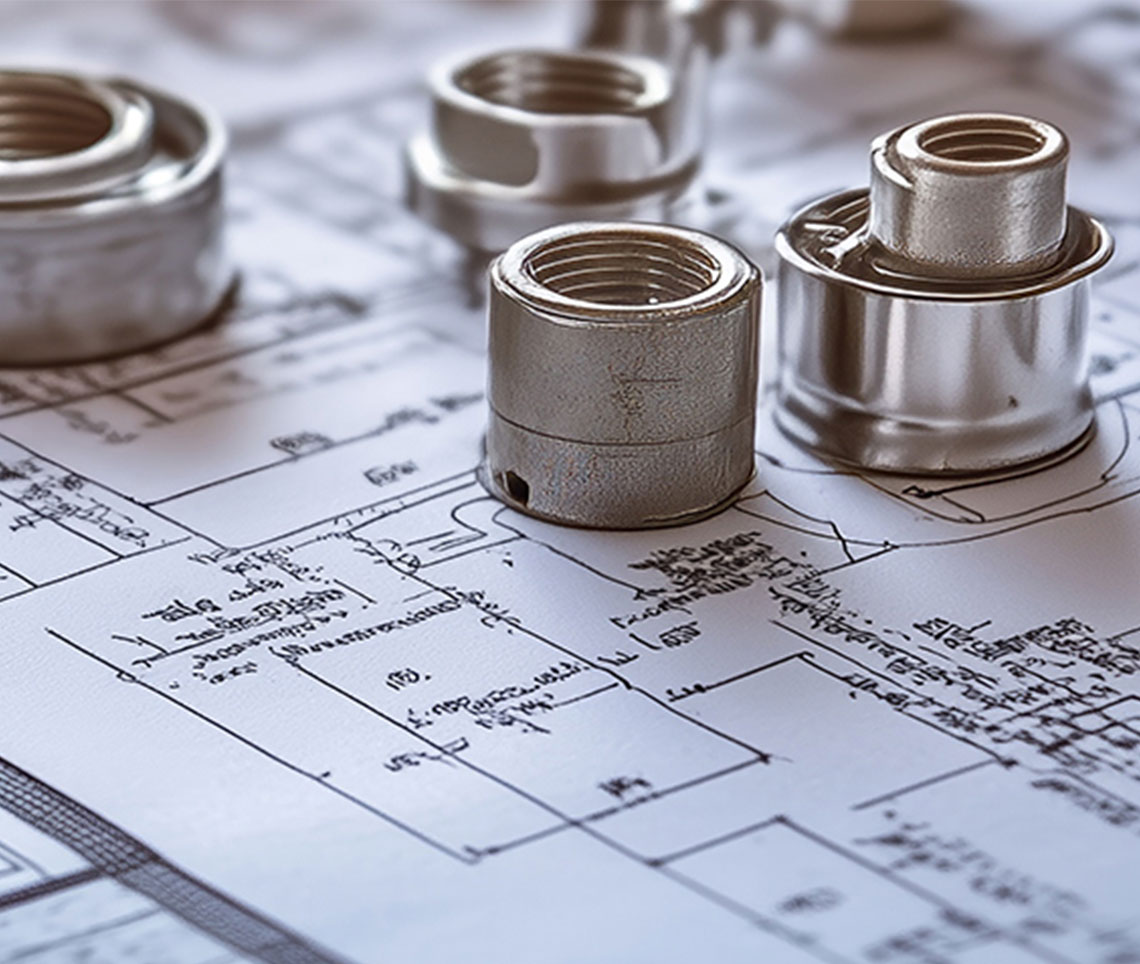CO Testing & Keeping the Equipment Safe
September 9, 2020 Jeff Rosenblum
The cold weather is fast approaching and we will soon be switching over from AC to heat. With the fall maintenance in the future, you should ask yourself a question, “how safe is this equipment”? Along with testing all the safeties and cleaning the necessary parts, are you testing for carbon monoxide? CO should always be checked to ensure safety and efficiency. So how do we go about this?
You will first need a combustion analyzer. There are many on the market, (Bacharach, Testo and UEI) to name a few. A combustion analyzer is recommended over a CO analyzer as it will provide CO, O2, CO2, temperature readings and much more. These reading can help diagnose combustion issues as well as determine the efficiency of the equipment. When testing, start up the analyzer and allow it to zero out. This should be done outside, away from anything that can produce CO. Next place the probe directly in the exhaust pipe so we read undiluted CO. On natural draft equipment, the probe should be placed in the exhaust of each heat exchanger and tested separately. Be sure to measure during the run cycle. This is the most important time to measure.
The CO readings should be below 100PPM (Parts Per Million) air free and should remain stable during the run test. Allow the equipment to run for 5 minutes before testing. Air free CO is a calculated reading provided by most analyzers. This reading rules out the excess air being brought in for combustion. A regular CO (not air free) reading can be diluted with air making it inaccurate. Although 400PPM is the allowed limit, 100PPM is preferred. By testing this, we can determine the safety of the equipment. If the CO is out of range or unstable, then the unit should be shut down and a full diagnostic should be performed. On modulating and two stage equipment be sure to test on low and high fire.
Oftentimes, CO is tested in ambient air. While this will tell us if there is CO in the air we breathe, this is not a good measure of the CO the unit is producing as many things can influence the reading. Also, a crack in the heat exchanger is not usually found using this method. Many things can effect this reading such as, home appliances, burnt food, a car running in the garage etc.
A proper CO test shouldn’t take much time and you will be able to prove to the homeowner that their equipment is operating safely. While you are doing the test, make sure the homeowner is protected by having a CO alarm in their home. This is now code in many states. The best thing you can give anyone when it comes to their HVAC equipment is piece of mind. If you have any questions about CO testing, don’t hesitate to reach out to the Famous Supply HVAC Service Department.
Jeff Rosenblum
Technical Support
21 Years Industry Experience
Cell (330) 962-2491
[email protected]















